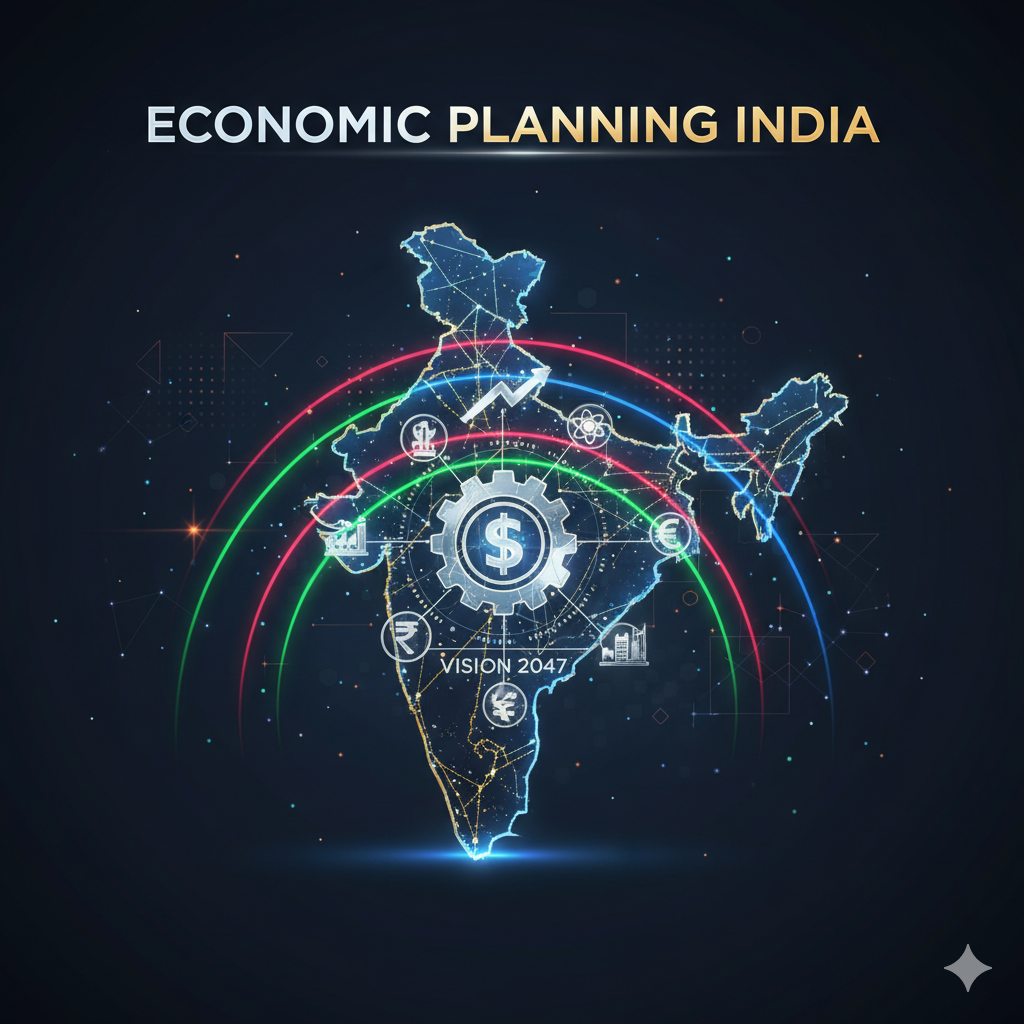Introduction
Micro, Small, and Medium Enterprises (MSMEs) play a crucial role in India’s economic development, contributing significantly to GDP, employment, exports, and industrial output. Often referred to as the backbone of the Indian economy, MSMEs are instrumental in promoting entrepreneurship, fostering innovation, and supporting inclusive growth.
However, despite their contributions, MSMEs face multiple challenges, including limited access to finance, regulatory hurdles, technological gaps, and market competition. Addressing these issues is vital for enhancing the sector’s productivity and ensuring its sustained growth.
This article explores the significance of MSMEs in India, identifies the major challenges they face, and suggests measures to boost their development.
Significance of MSMEs in India’s Economy
1. Contribution to GDP
MSMEs contribute nearly 30% to India’s GDP through manufacturing, services, and exports. The sector serves as a vital engine of economic growth by supporting industries across rural and urban areas.
2. Employment Generation
With over 110 million people employed, MSMEs are the second-largest employer in India after agriculture. They provide livelihoods to skilled and unskilled workers, reducing unemployment and poverty.
3. Boosting Industrial Output
MSMEs account for over 45% of India’s total industrial output, supplying raw materials, components, and finished goods to larger industries, ensuring a robust manufacturing ecosystem.
4. Enhancing Exports and Foreign Exchange Earnings
Nearly 50% of India’s total exports come from MSMEs, particularly in textiles, handicrafts, automotive components, pharmaceuticals, and engineering goods. This strengthens India’s global trade presence and foreign exchange reserves.
5. Promoting Entrepreneurship and Innovation
MSMEs encourage entrepreneurship and self-employment, particularly in rural areas, by enabling individuals to start businesses with minimal investment. Many startups and technology-driven ventures emerge from the MSME sector.
6. Strengthening Rural Development
The sector supports rural industries, handicrafts, and cottage businesses, playing a key role in balanced regional development and reducing urban migration.
7. Supporting Women and Marginalized Communities
MSMEs create economic opportunities for women, artisans, and marginalized groups, promoting inclusive growth and financial independence.
8. Encouraging Sustainable Development
Many MSMEs focus on eco-friendly and sustainable production methods, contributing to environmental conservation and responsible business practices.
Challenges Faced by MSMEs in India
Despite their critical role in the economy, MSMEs encounter several challenges that hinder their growth and competitiveness.
1. Limited Access to Finance
- Inadequate credit availability due to high collateral requirements and risk perception by banks.
- Dependence on informal sources of finance with high-interest rates.
- Delayed payments from buyers, affecting working capital.
2. Regulatory and Compliance Burdens
- Complex business registration, licensing, and tax filing procedures.
- Frequent policy changes leading to uncertainty.
- Burden of multiple compliances such as GST, labor laws, and environmental regulations.
3. Lack of Technological Upgradation
- Dependence on traditional manufacturing processes, limiting productivity.
- Low adoption of automation, AI, and digital tools due to cost constraints.
- Inadequate research and development (R&D) investment.
4. Market Access and Global Competition
- Difficulty in competing with large-scale industries and cheap imports, especially from China.
- Limited presence in international markets due to branding and marketing challenges.
- Lack of awareness about government schemes that support exports.
5. Infrastructure and Logistics Constraints
- Inadequate power supply, transportation, and digital connectivity in rural areas.
- High logistics costs due to poor supply chain networks.
6. Skilled Workforce Shortage
- Lack of skilled labor and proper training facilities.
- Difficulty in attracting talent due to lower salaries compared to large corporations.
7. Impact of Economic Disruptions
- The COVID-19 pandemic, demonetization, and GST implementation caused business losses and liquidity crises.
- MSMEs often struggle with recovery due to financial instability.
8. Issues in Digital Adoption
- Many small businesses still operate without digital payment systems, e-commerce platforms, or online marketing strategies.
- Fear of cybersecurity risks and lack of digital literacy.
9. Delayed Payments and Cash Flow Problems
- MSMEs face delays in receiving payments from large corporations and government agencies.
- Lack of a strong legal framework for enforcing timely payments.
10. Weak Intellectual Property Protection
- Lack of awareness about patents, trademarks, and copyrights, leading to innovation theft and loss of competitive advantage.
Measures for the Growth and Development of MSMEs
To unlock the full potential of MSMEs, policy reforms, financial support, technological advancements, and skill development initiatives must be prioritized.
1. Enhancing Access to Finance
- Strengthen government-backed credit schemes like MUDRA loans, CGTMSE, and SIDBI.
- Simplify loan approvals and reduce collateral requirements.
- Promote alternative financing options like venture capital, crowdfunding, and fintech lending.
2. Reducing Regulatory Burdens
- Simplify GST compliance and reduce paperwork.
- Implement single-window clearance for business registrations and permits.
- Introduce sector-specific policies to address MSME concerns.
3. Promoting Technology Upgradation
- Provide subsidies and grants for adopting automation, AI, and digital tools.
- Create industry partnerships to facilitate R&D collaboration.
- Establish more technology incubation centers for MSMEs.
4. Improving Market Access and Export Support
- Expand initiatives like ‘Make in India’ and ‘Vocal for Local’ to promote indigenous MSME products.
- Increase awareness of export incentives, SEZ benefits, and foreign trade policies.
- Assist MSMEs in participating in international trade fairs and e-commerce platforms.
5. Strengthening Infrastructure and Logistics
- Improve rural connectivity, power supply, and industrial clusters.
- Reduce logistics costs by investing in better transportation networks.
- Encourage private-public partnerships (PPP) for infrastructure development.
6. Developing Skilled Workforce
- Expand vocational training programs under Skill India and PMKVY.
- Establish sector-specific training institutes in collaboration with industries.
- Promote apprenticeship programs for hands-on learning.
7. Encouraging Digital Transformation
- Provide financial support for MSMEs to adopt digital payment systems and online marketing.
- Conduct awareness programs on cybersecurity and digital literacy.
- Facilitate the integration of MSMEs into e-commerce platforms like ONDC.
8. Strengthening MSME Resilience Against Economic Shocks
- Introduce an MSME Emergency Fund to provide immediate financial assistance in crises.
- Develop insurance schemes to protect small businesses from market uncertainties.
9. Addressing Payment Delays and Cash Flow Issues
- Implement strict laws for timely payments by large corporations.
- Promote the use of Trade Receivables Discounting System (TReDS) to ease liquidity issues.
10. Enhancing Intellectual Property Protection
- Establish more IP awareness centers to educate MSMEs about patents and copyrights.
- Provide financial assistance for filing patents and trademarks.
Conclusion
MSMEs are the driving force of India’s economic growth, employment, and industrialization. However, the sector faces financial, technological, regulatory, and market-related challenges that hinder its progress. Addressing these issues through policy support, financial aid, technological upgradation, and market expansion can unlock the true potential of MSMEs.
With the right measures in place, MSMEs can significantly contribute to India’s goal of becoming a $5 trillion economy, foster entrepreneurship, and drive inclusive and sustainable development.




